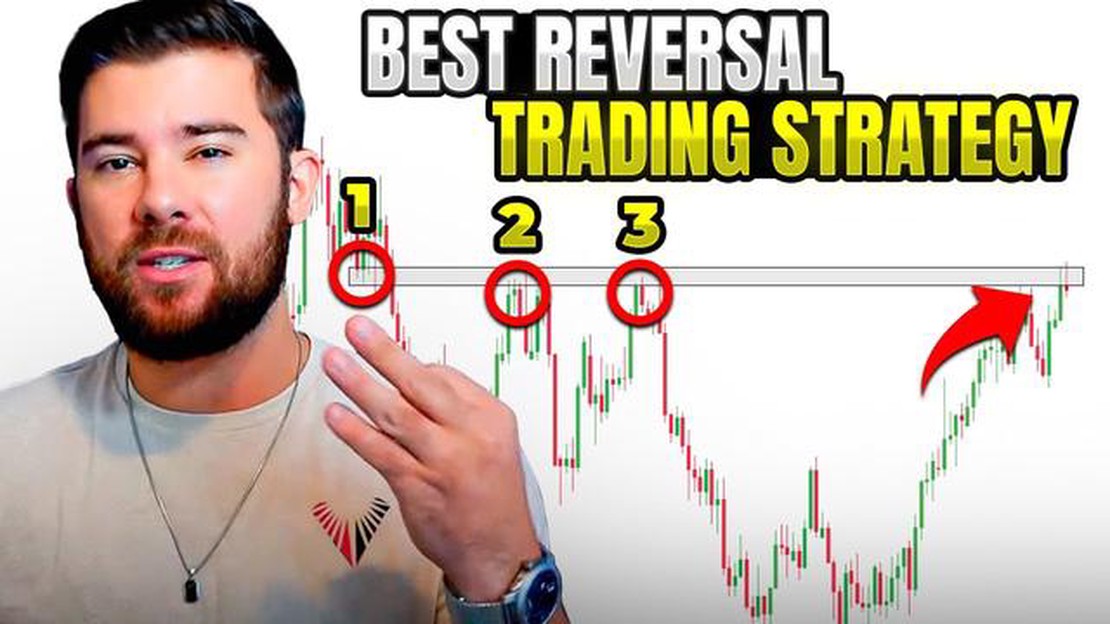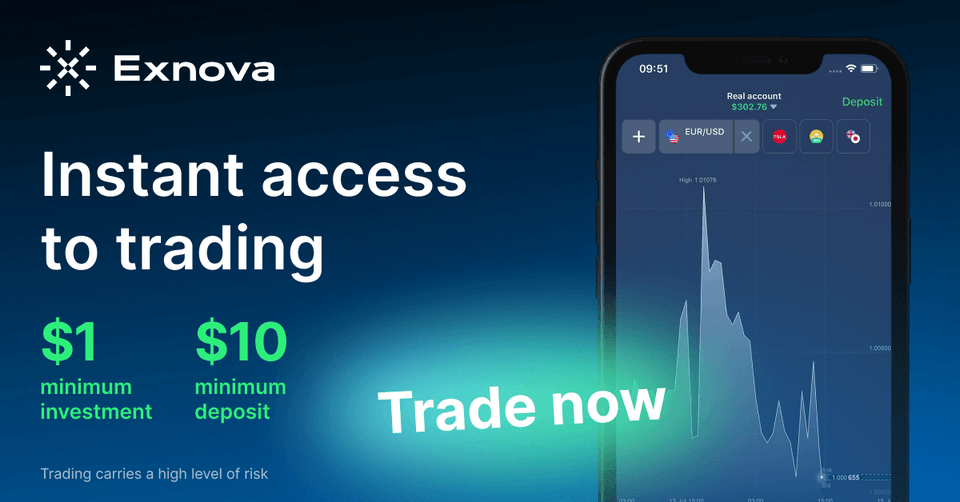Understanding ATR in Forex Trading: Definition, Calculation, and Application
Understanding ATR in Forex Trading When it comes to forex trading, understanding and analyzing market volatility is crucial for making informed …
Read Article
As an investor or trader, it is crucial to be able to recognize the signs that a trend is coming to an end. Being able to accurately identify the end of a trend can help you minimize losses and potentially maximize profits. In this article, we will discuss some important indicators and signals that can indicate the end of a trend in the financial markets.
1. Reversal Patterns: One of the most reliable signs that a trend is coming to an end is the formation of reversal patterns on price charts. These patterns, such as head and shoulders, double tops or bottoms, and bullish or bearish engulfing patterns, can provide valuable insights into the potential reversal of a trend.
2. Volume and Price Divergence: Another important indicator of a trend reversal is the divergence between volume and price. If prices are making new highs or lows, but the volume is decreasing, it could be a sign that the trend is losing momentum and may soon reverse direction.
3. Overextended Conditions: Trends often go through periods of excessive buying or selling, which can lead to overextended conditions. For example, in a bullish trend, if prices have been rising rapidly and become significantly overbought, it could be a warning sign that the trend is reaching its peak and may soon reverse.
4. Fundamental Analysis: In addition to technical indicators, it is also important to consider fundamental factors when identifying the end of a trend. News releases, economic data, and geopolitical events can all have a significant impact on market sentiment and the direction of trends.
Remember, no indicator or signal is foolproof, and it is always important to use a combination of technical and fundamental analysis when making trading decisions. Additionally, it is crucial to set appropriate stop-loss orders and take profits to manage risks effectively.
In conclusion, being able to identify the signs that a trend is coming to an end is essential for successful trading and investing. By paying attention to reversal patterns, volume and price divergence, overextended conditions, and fundamental factors, traders can make more informed decisions and potentially avoid significant losses.
As an investor or analyst, it is important to be able to identify when a trend is coming to an end. This can help you avoid losses and make more informed investment decisions. There are several signs to look for that can indicate the end of a trend:
 2. Divergence in indicators: Another sign of a trend coming to an end is divergence in technical indicators. For example, if price is continuing to rise, but the relative strength index (RSI) or moving average convergence divergence (MACD) is showing bearish signals, this could indicate that the trend is weakening.
2. Divergence in indicators: Another sign of a trend coming to an end is divergence in technical indicators. For example, if price is continuing to rise, but the relative strength index (RSI) or moving average convergence divergence (MACD) is showing bearish signals, this could indicate that the trend is weakening.
Read Also: Is Investopedia Simulator Free? Find Out Here!3. Volume decreases: When a trend is ending, you may notice a decrease in trading volume. This suggests that market participants are losing interest or confidence in the trend, and could be an early warning sign of a trend reversal. 4. Price breaks through support or resistance levels: If a trend is ending, you may see price breaking through key support or resistance levels. This can be a strong indication that the trend is losing strength and reversing direction. 5. Fundamental changes: Changes in fundamental factors can also signal the end of a trend. For example, if there is a significant shift in economic conditions or company performance, this could lead to a reversal in the trend. 6. Overbought or oversold conditions: If a trend has been driving prices to extreme levels, it may be a sign that the trend is nearing its end. Overbought or oversold conditions can indicate that the market has reached its peak or bottom, and is ready for a reversal.
By being aware of these signs, you can become better equipped to identify when a trend is coming to an end. This can help you make more informed trading decisions and potentially avoid losses.
One of the signs that a trend may be coming to an end is a decrease in momentum and volatility. When a trend is losing steam, you may notice a slowdown in the rate at which the price is moving. This can be observed through technical indicators such as moving averages or trend lines.
Additionally, as a trend nears its end, volatility may also decrease. Volatility refers to the amount of fluctuation in price over a given period. When a trend is losing its strength, the price becomes more stable and starts to move within a narrower range.
Traders and investors often rely on momentum and volatility indicators to identify potential trend reversals. Some popular indicators include the Average Directional Index (ADX), Bollinger Bands, and the Relative Strength Index (RSI). These indicators can help detect shifts in momentum and volatility and support decision-making regarding market entries and exits.
Read Also: What is 0 pip spread and how it affects Forex trading?
It’s important to note that a decrease in momentum and volatility does not always signal the end of a trend. It could simply indicate a temporary pause or consolidation before the trend continues. Hence, it’s essential to consider other signs and factors when analyzing a trend to make more informed trading decisions.
One of the key indicators that a trend may be coming to an end is market saturation and declining demand. Market saturation occurs when a particular product or service has reached its maximum potential in terms of customer adoption and market share. When a market becomes saturated, it becomes increasingly difficult for companies to attract new customers and maintain their existing customer base.
Declining demand is another sign that a trend is reaching its end. As market saturation increases, demand for the product or service begins to decline. This can be due to various factors, such as the emergence of new technologies or changing consumer preferences. When demand starts to decrease, companies may experience stagnant or declining sales, leading to a decrease in revenue and potential profit.
It is important for businesses to monitor market saturation and demand trends in order to stay ahead of potential declines. By recognizing the signs of market saturation and declining demand, companies can adjust their strategies and explore new opportunities for growth. This may involve diversifying their product or service offerings, targeting new customer segments, or investing in research and development to stay competitive in the market.
Overall, market saturation and declining demand are important indicators that a trend may be coming to an end. By staying vigilant and proactive, businesses can effectively navigate these challenges and identify new areas of growth to stay ahead in the market.
Some indicators that a trend may be coming to an end include a decline in trading volume, a lower high and lower low in price action, and a divergence between the trend and oscillators.
A decline in trading volume suggests that there is less interest and participation in the trend, which can indicate that it may be losing momentum and coming to an end.
A lower high refers to the peak of a price that is lower than the previous high, while a lower low refers to the low point of a price that is lower than the previous low. These patterns can suggest a change in the trend direction.
A divergence occurs when the price of an asset and the indicator, such as an oscillator, move in opposite directions. This can be a sign that the trend is weakening and a reversal may be imminent.
Understanding ATR in Forex Trading When it comes to forex trading, understanding and analyzing market volatility is crucial for making informed …
Read ArticleHow to Identify Vintage Silver When it comes to antique silver, one of the most important aspects for collectors and enthusiasts is identifying its …
Read ArticleIs Korean won cheaper than rupee? When it comes to comparing currency values, many factors come into play. One of the most important factors is the …
Read ArticleIs Forex Trading still a good thing? Forex trading, also known as foreign exchange trading, is the buying and selling of currencies on the forex …
Read ArticleIs Tata Motors bullish or bearish? When it comes to the stock market, investors are always on the lookout for trends that can help them make informed …
Read ArticleUnderstanding the Eurusd Trading System The Eurusd trading system is a popular and widely used strategy in the forex market. This system focuses on …
Read Article